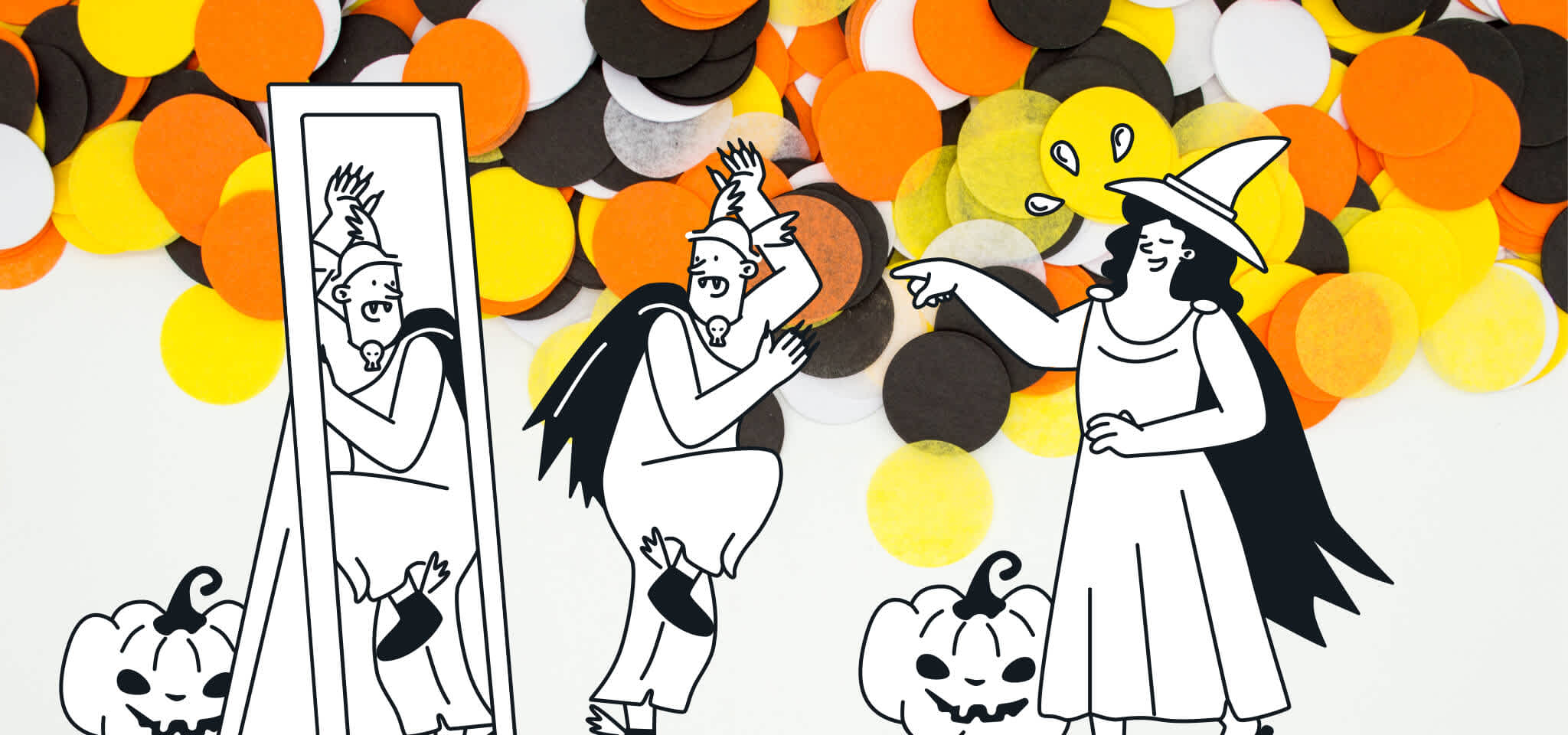Home
The Mailjet Blog
Email best practices
Email Segmentation, Personalization and Automation In Your Customer Lifecycle
Email best practices
How to use your customer lifecycle to target and automate emails
Learn how email automation, segmentation, and personalization can help you target your customers more effectively.
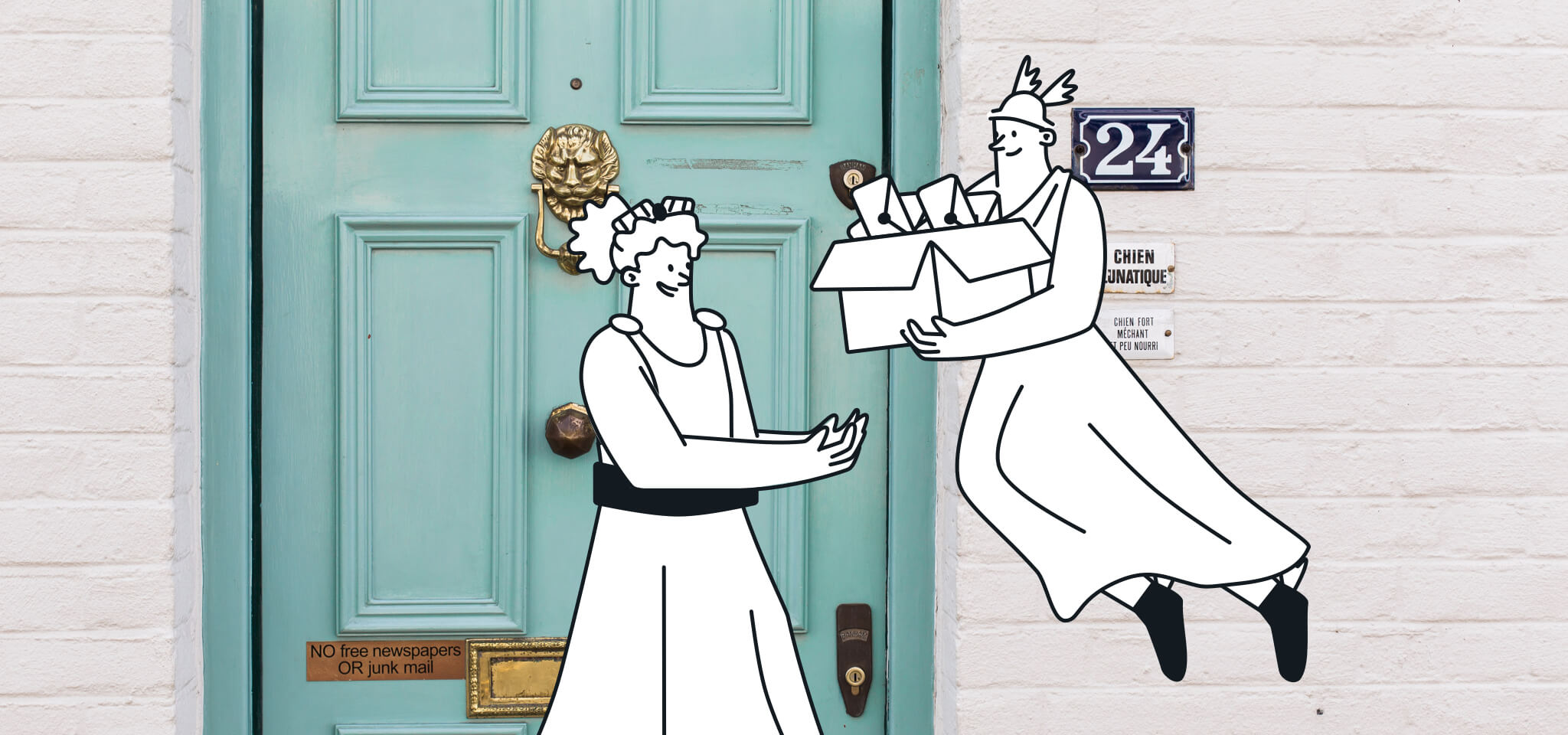
PUBLISHED ON
List segmentation is a fundamental and crucial process that determines the success rate of any email campaign. And personalization takes you one step closer to that conversion. However, if you had to manually personalize emails by age, gender, location, behavior, and other segmentation parameters, you wouldn’t have much time left for anything else. Not to mention the increasing margin of error that each additional criterion adds. This is where email automation comes in.
Customer lifecycle for a better email segmentation and automation
Email automation allows you to send a series of predetermined mails – called drip campaigns – to your subscribers, based on:
actions you expect them to take
actions they’ve already taken
One of the factors that your drip campaigns depends on (should depend on, rather) is the customer journey or life cycle. Here’s how a typical email subscriber journey looks like:
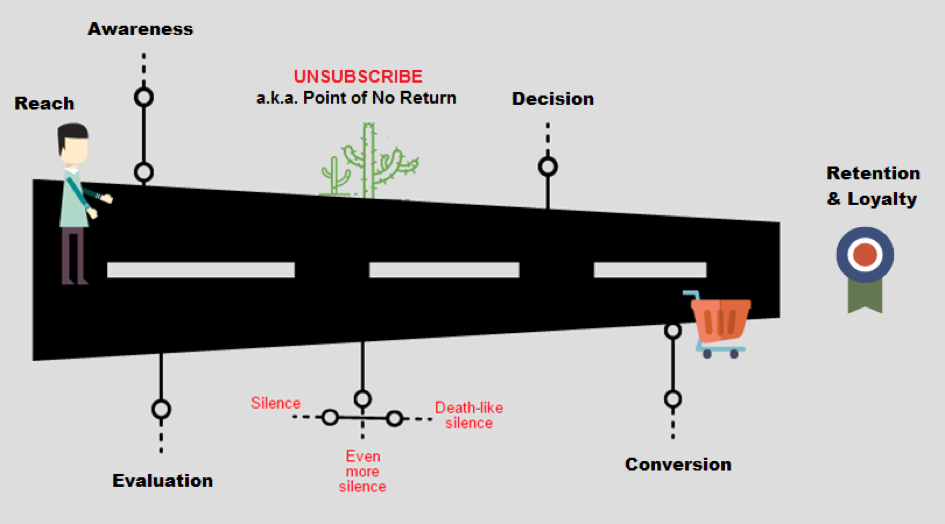
Your sales cycle begins when you “reach” the customer – in email marketing terms, that is when they sign up for your emails. This may be before or after they’ve become aware of your product or brand. Let’s take a look at how you can segment your email lists by where your subscribers are located along the sales cycle, so you can try and automate the process of converting someone you’ve just “reached” to a loyal customer and brand advocate.
Awareness
The first step in the customer lifecycle journey is awareness. At this stage, your customer has probably just heard about (and from) you, and doesn’t understand your product or offering. One of the best ways to break the ice would be to send honest pitches or cold emails that don’t end up in their junk folder.
Every time you land a new subscriber, make sure they get a personalized welcome email with the following:
A spectacular subject line
A personalized greeting or offer (depending on how you acquired them)
A brief introduction about your brand or product
The purpose of your email
The benefits of your product or offer
Proof of your statements and relevant testimonials
A clear, contextual call-to-action
A hint of what’s to come in future emails
Now you can say your subscriber is really “aware” of you. It’s time for the next step: evaluation.
Evaluation
If customers haven’t unsubscribed after a week (or more, depending on your industry and your typical customer lifecycle), start sending them emails that expand their product knowledge. From how-to advice to case studies, the frequency of your emails will depend on the nature of your own contact list and it might take some testing to figure out what works best for you. For some businesses, this could be two emails a week, while for others a bi-weekly campaign works better.
These emails give you a great opportunity to talk about yourself without sounding pompous. You can talk about the advantages of a product feature (NOT the feature itself) and link to an appropriate page or blog post on your site. This will also help you increase site visits.
Whether a subscriber has a clear purchase intent or not, they’re always evaluating you, at least from your subject lines, if nothing else. That holds true even if they’re deleting your emails without opening them... unless you go straight to junk, of course.
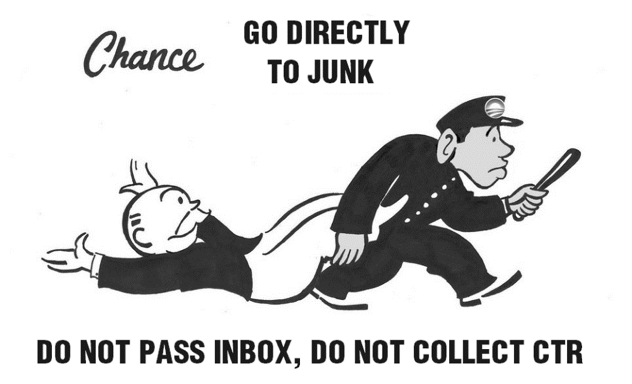
If that happens, you’re the one who needs to do some evaluating.
When customers are in the evaluation phase, no matter how many carefully personalized, well-timed, relevant or amusing emails you send them, there will be long stretches of awkward silence from their end, with the threat of unsubscribe always looming large. This is the most difficult phase for marketers to outlast. It’s where you need to make maximum effort, put your best foot forward and keep upping your game.
You need to keep sending valuable, informative content (that lets you stay at the back their minds or even nudge them towards a sale), news, and success stories over this period. Pat Flynn, of Smart Passive Income, used to send as many as 35 automatic, predetermined emails during the evaluation phase. Of course, you run the risk of putting subscribers off with one too many emails or one sent at the wrong time, but only testing what works for you will allow you to find the magical formula.
Once you have sent a few emails, you have the opportunity to slice and dice your subscribers based on their content engagement level. You can further divide your customers into ToFU (Top of the Funnel), MoFu (Middle of the Funnel), and BoFu (Bottom of the Funnel). If they’ve tried out your product in some way, you might also consider getting feedback on pain points and gap fits.
Some companies interact frequently with subscribers following a signup or during a product trial, but then back off with their messaging. That is a big mistake, because many potential customers are prone to extended deliberation after they’ve made their decision, but before they carry out the actual transaction.
Shopify does an excellent job of sending regular emails, featuring success stories of sites built on Shopify, tools to assist online selling, and helpful articles from their knowledge-base which they call a “Business Encyclopedia.” This increases subscribers’ brand recall – should they ever consider selling online, guess what ecommerce platform will be their first choice?
Even with a strong information-based email campaign in place, you may continue to face long stretches of silence from subscribers; eventually you need to find a way to create a “need” for your product or service. This can be done by trying to solve genuine problems. For instance, this email from a marketing conference organizer addresses a common but significant challenge – how to convince your boss to open his purse strings and send you to the conference:
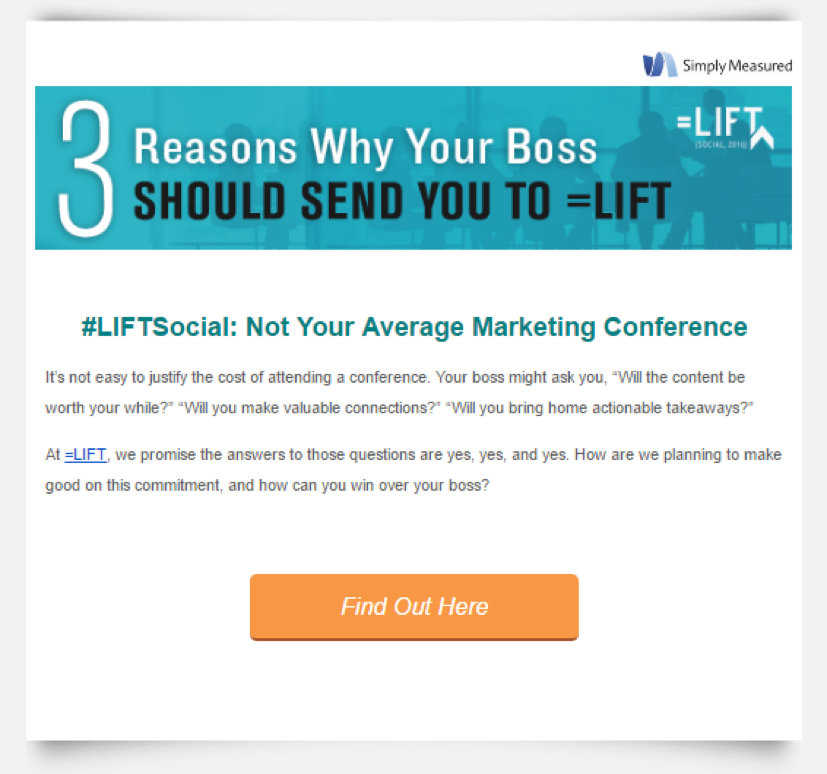
Conversion
If you see a marked increase in the number of click-throughs and engagement on key landing pages (provided you’ve got your tracking right), you “know” the customer is on the verge of making a decision. Waste no time in sending out appropriate sales emails to expedite the conversion, complete with offers and purchase plans that would suit them best.
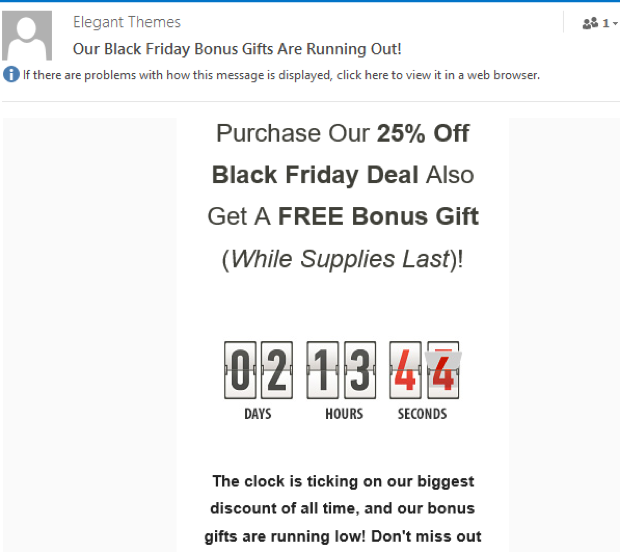
Retention
Once the sale is made, make sure your automated “thank you” and product onboarding emails go out as per schedule. In the following example, the lifecycle-timed greeting, matched with a tip and an upsell, adds to the charm of personalization:
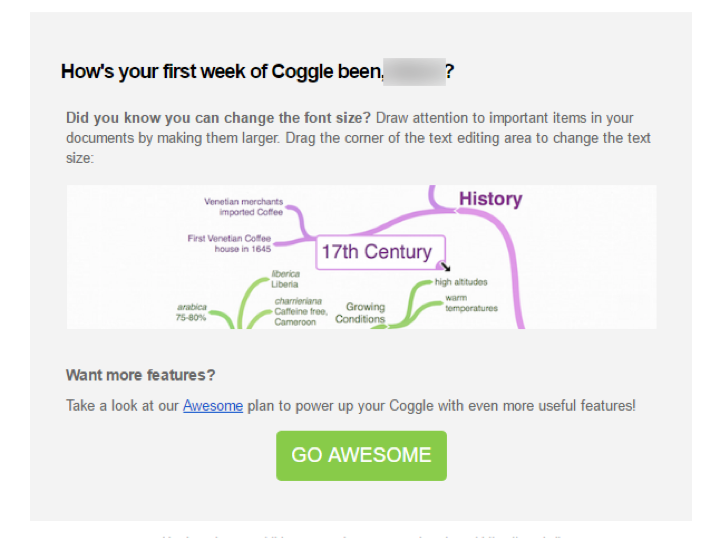
Customer retention is an integral part of email marketing. The easiest way to keep customers engaged even after the sale is to send out links to videos, demos and other detailed product guides that only paying customers have access to.
A caveat: Make sure all your customers are removed from the leads’ list to ensure they don’t get emails convincing them to buy what they’ve already bought. Double check your CRM to see your existing customers don’t get an “exclusive once-in-a-lifetime” offer again. Seems obvious, but it’s definitely worth remembering to triple check this.
That said, nothing beats a discount. A loyalty program is the most tried and tested way to keep your customers coming back:
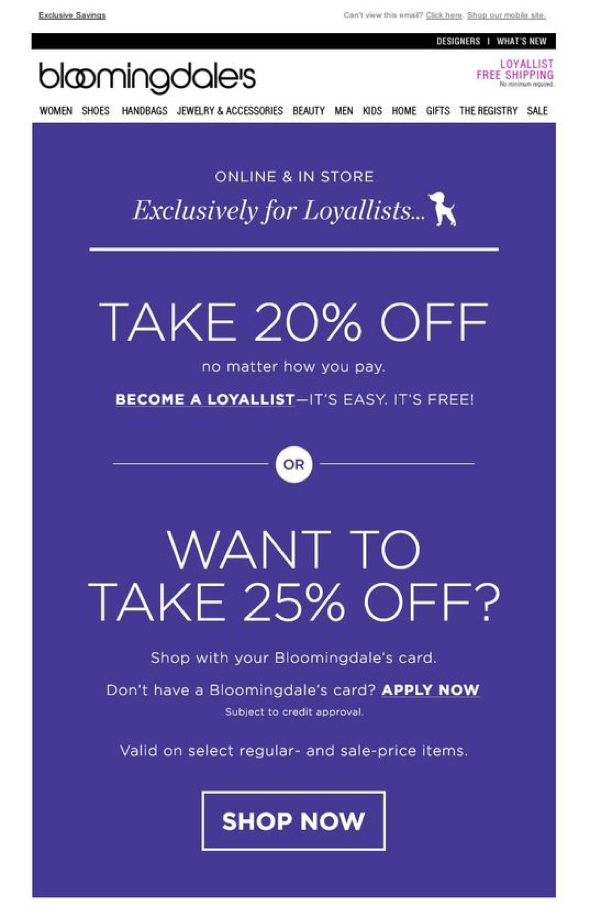
And while you’re at it, you might as well ask them to review your products, given that nearly 9 in 10 customers trust online reviews as much as a personal recommendation:
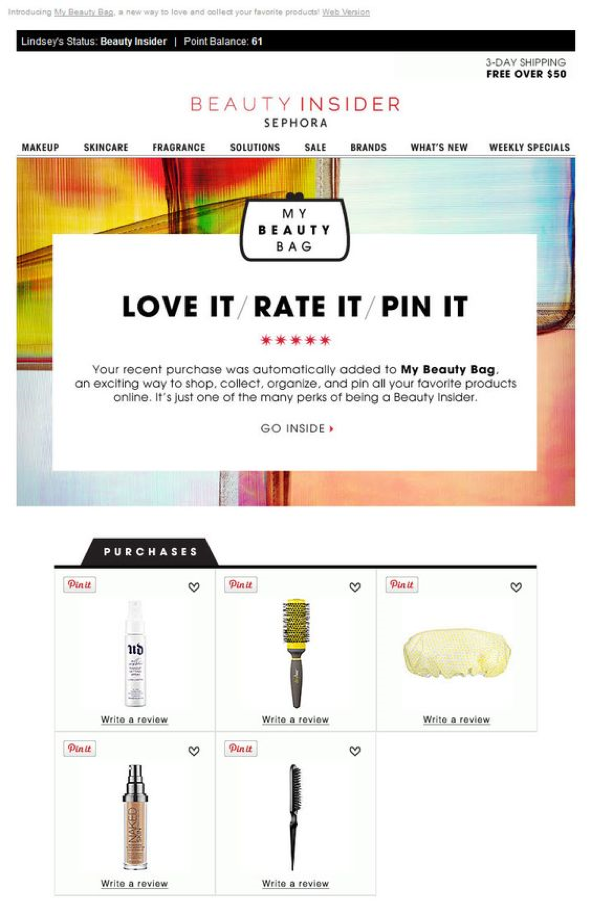
Make buying and referring a rewarding process for your loyal customers. Nothing sticks more than word-of-mouth publicity and social proof when it comes to wooing new customers. If you have a fair base of existing customers, use these tips to boost loyalty and advocacy.
You can further segment your list based on how much, how often, and when a customer purchases from you, refers your product to other customers, interacts with your support team, or engages with you on social media.
Parting thoughts
We’ve all despaired at the bulk of emails that go from our inboxes to our trash. Some of them might be potentially great emails, but never see daylight because of their ill-timed and uninteresting propositions. To ensure your own emails don’t meet the same fate, understand the nuances of email segmentation, personalization and automation, and tweak them based on the different touch points along your customer lifecycle.
***
This post was written by Rohan Ayyar, who spearheads creative content campaigns for tech, retail and service-based startups at E2M.





